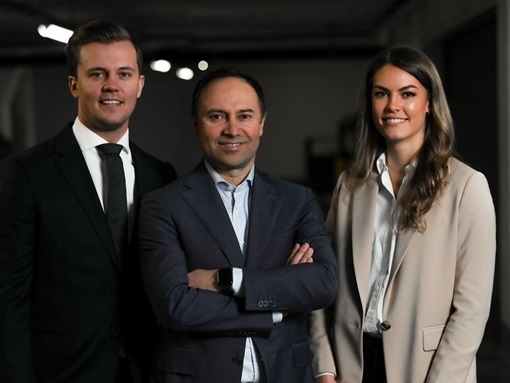Images of leadership - how we limit ourselves to reach more diversity
Our image of a leader
What do we think of when we think of a leader?
What image comes to mind?
Is it that of a tall, athletic, white man in his early 50s - or something else?
Bianca Flaschner and I talked about the important topics of "bias" and "gender diversity" and why it always comes to recruiting mini-me's.
- How do the questions asked relate to the images we have in our heads?
- Are men asked the same questions as women?
- How are the answers, behaviour or personal qualities assessed - similar or different?
The headhunter's perspective on leadership qualities
From a headhunter's point of view, the top priority is always not to evaluate by gender, but to evaluate all persons according to their competences, personality and potential. The same applies to the questioning technique, which in an executive search process also focuses on the facts, and not on gender or otherwise.
Nonetheless, the question many women always ask is whether they would have been treated differently in a certain situation if they were a man. Many talented men are also currently asking themselves whether it would be easier for them to be a woman, as new leadership roles are often filled by women.
Hence, the main point is how and by whom selection processes are run and to what degree the (unconscious) images in our mind are impacting the results. Clearly, the qualification and experience are relevant factors.
The line manager perspective on value to the team
From a line manager perspective, the question is what the images in the head can prevent.
The bottom line is that as a team, it's about filling expectations, achieving goals and ultimately helping the company to be better than competitors. In order to become world class, diversity starts with the right and success-critical competences that are needed for this - and the latter are colourfully distributed.
It is scientifically proven that the diverse composition of teams leads to teams being more successful and innovative.
This means that the line manager's core interest should be to have those persons in the team who enable it to deliver best - in a culture where they have the feeling of belonging. To have this happen, the responsible manager needs to ensure both the right selection process as well as the appropriate way of working together.
What is holding us back?
In reality, however, it is often the case that managers choose people with similar tastes who "speak the same language". People who think differently might question more, seem more "demanding" in leadership and challenge the leader more.
In many cases, this kind of personnel selection slows down the process of making a team more diverse and colourful. This process often happens unconsciously, various Unconscious Biases are active here.
Other biasing factors: the other person may remind us of someone, create negative images in us, make us fearful, etc., which effectively causes us to feel that we are not the right person. - this effectively causes us to opt for the familiar. The images in our mind cause us to become "more of the same" rather than world class.
The other decision for the line manager is to either have a group of "mini-me's" which saves time to manage or to go for a diverse team which poses leadership challenges. The latter has more potential but requires more time to form, the performance level might be lower short term as well. The choice essentially is about short term efficiency or long term effectiveness - this is something to clearly consider.
Practical recommendations
We recommend some basic steps for companies to better leverage their potential:
- visualise their own images in their heads and deal with fundamental biases early enough.
- learn from each other and allow diversity
- focus on future competencies and fully support all individuals to develop them

